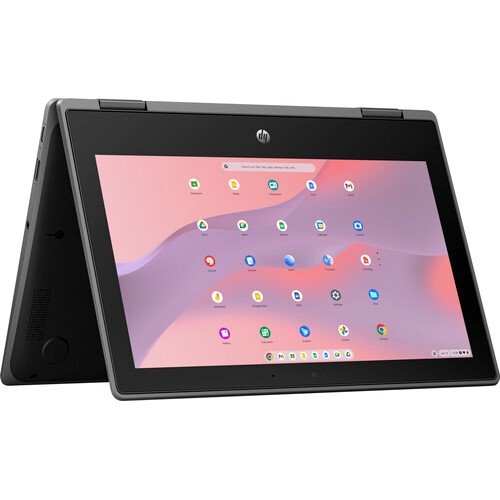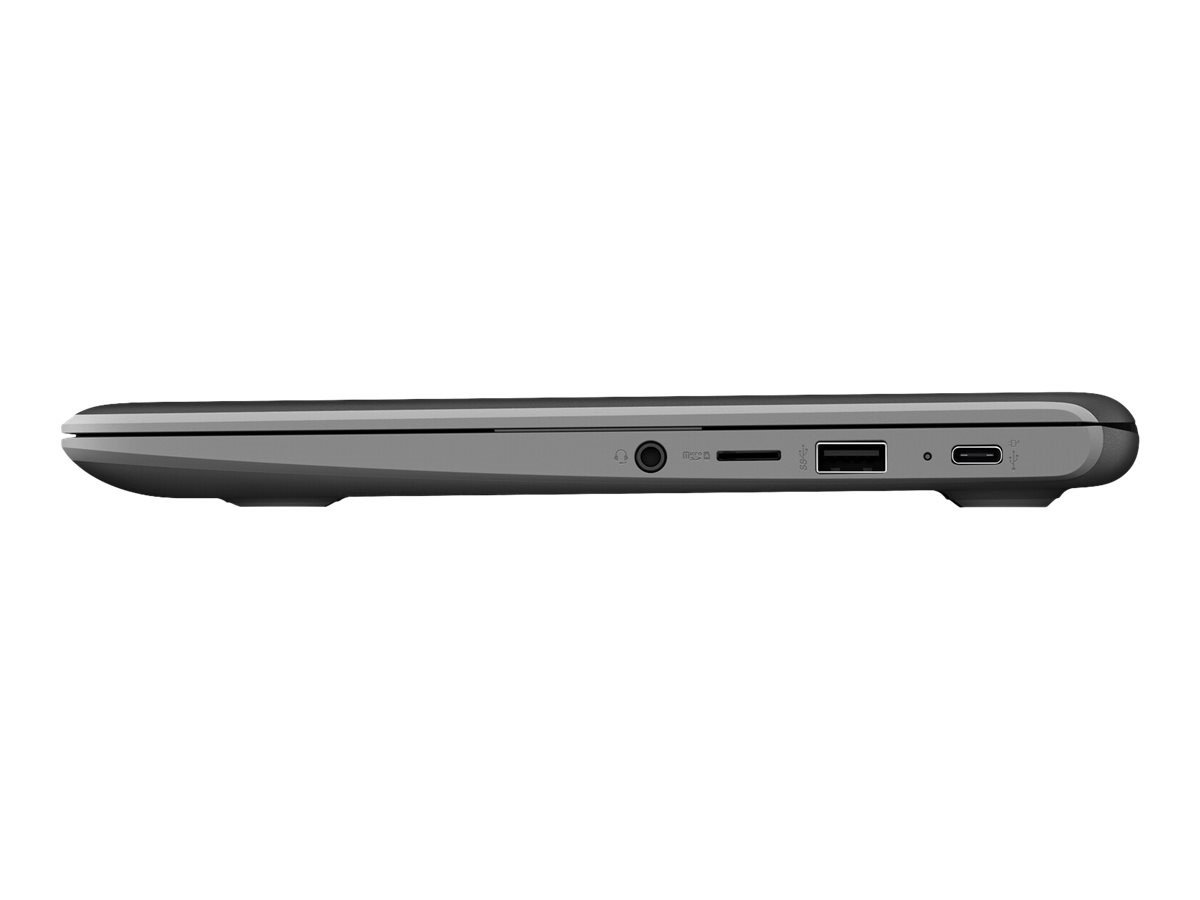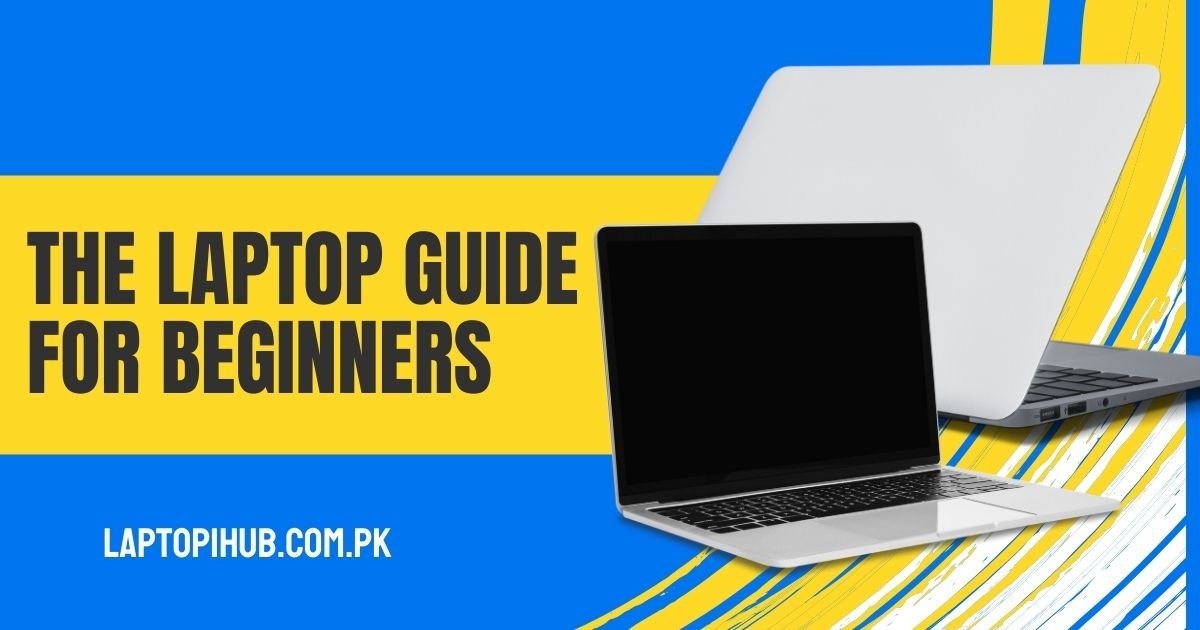Discover the ultimate laptop guide for beginners. Learn how to choose the right laptop, key specs, and essential tips for the best experience.
Introduction
Laptops have become an essential part of everyday life, whether for work, education, or entertainment. If you are new to laptops, choosing the right one can feel overwhelming due to the many available options, specifications, and features. Understanding what makes a good laptop and how to select one based on your needs is crucial. This guide will help you navigate the world of laptops, breaking down the different types, specifications, and essential features to ensure you make the right choice.
Understanding Laptop Basics
A laptop is a portable computer that integrates a screen, keyboard, battery, and essential hardware into one compact device. Unlike desktops, laptops are designed for mobility, allowing users to work, study, or entertain themselves from virtually anywhere. Whether you need a laptop for business, gaming, creative work, or everyday browsing, understanding the basics will help you determine the best option for your needs.
Types of Laptops
Laptops come in different types, each designed to serve a specific purpose. Traditional laptops are the most common, featuring a fixed keyboard and display, making them versatile for general use. Ultrabooks are lightweight, slim, and designed for users who prioritize portability without compromising performance. 2-in-1 convertible laptops can function as both laptops and tablets, offering touchscreen capability and flexibility. Gaming laptops are equipped with high-performance processors and powerful graphics cards to handle demanding video games. Business laptops focus on security and durability, making them ideal for professionals. Chromebooks run on Chrome OS and are perfect for users who rely on web-based applications, offering affordability and simplicity.

Choosing the Right Operating System
Selecting an operating system is one of the most critical decisions when buying a laptop. Windows is the most popular OS, offering compatibility with a wide range of software and applications. macOS is known for its sleek design, security features, and optimized performance, making it the preferred choice for creative professionals. Linux is ideal for tech enthusiasts who want more control and customization over their system. Chrome OS is lightweight and cloud-based, making it an excellent choice for students and casual users who need a budget-friendly option.
Essential Laptop Specifications Explained
Understanding laptop specifications is key to choosing the right device. The processor, also known as the CPU, determines the laptop’s speed and performance. Intel Core i5 and AMD Ryzen 5 are great for everyday use, while Intel Core i7 or AMD Ryzen 7 is better for heavy tasks like gaming or video editing. RAM affects multitasking; 8GB is sufficient for most users, but 16GB or more is recommended for demanding applications. Storage options include HDDs, SSDs, and NVMe SSDs, with SSDs being faster and more efficient. Graphics cards can be integrated or dedicated, with the latter being necessary for gaming and creative work. The display quality also matters; a Full HD (1080p) resolution is standard, but higher resolutions offer better clarity.
Battery Life Considerations
Battery life varies depending on the laptop and how it is used. Watching videos, gaming, and running multiple applications can drain the battery faster. To extend battery life, lowering screen brightness, closing unnecessary applications, and enabling battery-saving modes can help. If you need a laptop for long hours away from a power source, choosing a model with at least 8-10 hours of battery life is recommended.

Portability and Build Quality
Laptops come in different sizes and weights, which affect portability. Lightweight laptops are easier to carry, making them ideal for students and travelers. Build quality is also important; laptops made from metal or high-quality plastic tend to be more durable. Some models offer reinforced frames for added protection, which is beneficial for frequent travelers or those who work in demanding environments.
Keyboard and Trackpad Essentials
A good keyboard can make a significant difference, especially if you type a lot. Keyboards with comfortable spacing, adequate key travel, and backlighting are preferable. The trackpad should be responsive and smooth, allowing easy navigation. If the trackpad feels uncomfortable, an external mouse can be a great alternative.
Connectivity and Ports
Modern laptops offer a variety of connectivity options, and having the right ports is essential. USB ports come in different types, including USB-A and USB-C, which are used for connecting external devices. HDMI ports allow connection to external displays, while an Ethernet port is useful for a stable wired internet connection. Many laptops also include Wi-Fi and Bluetooth features for wireless connectivity. If you work with photos or videos, having an SD card slot can be beneficial.

Security Features to Look For
Security is an important factor when choosing a laptop, especially if you store sensitive data. Many modern laptops include fingerprint scanners and facial recognition to enhance security and make logging in more convenient. Built-in privacy features, such as webcam covers and security software, help protect personal information. Installing reliable antivirus software is also recommended to prevent malware and cyber threats.
Software and Applications
Most laptops come with pre-installed software, but you may need to install additional programs based on your needs. Office productivity tools like Microsoft Office or Google Docs are essential for work and studies. Antivirus software helps protect against cyber threats, while creative applications such as Adobe Photoshop or video editing tools are useful for content creators. Ensuring that your laptop has the necessary software will improve your overall experience.
Budgeting and Price Ranges
Laptops come in different price ranges, so setting a budget can help narrow down your options. Entry-level laptops under $500 are suitable for basic tasks like browsing and document editing. Mid-range laptops, ranging from $500 to $1000, offer better performance and are great for students, professionals, and light gamers. High-end laptops above $1000 provide powerful hardware for gaming, video editing, and professional workloads. Investing in a laptop that meets your current and future needs ensures long-term value.

Setting Up Your New Laptop
Once you purchase a laptop, setting it up properly ensures a smooth experience. The first step is to fully charge the battery before using it. Setting up an account, connecting to Wi-Fi, and installing essential updates are crucial for security and performance. Installing necessary drivers and software will optimize functionality, ensuring that your laptop runs efficiently.
Maintenance and Care Tips
Taking care of your laptop will extend its lifespan. Regularly cleaning the screen, keyboard, and vents prevents dust buildup, which can affect performance. Avoid using your laptop on soft surfaces like beds, as this can block ventilation and cause overheating. It’s also important to unplug the charger once the battery is fully charged to prevent battery degradation over time.
Conclusion
Choosing the right laptop requires understanding your needs and considering key factors such as type, operating system, specifications, and budget. Whether you need a laptop for work, gaming, or casual use, there are plenty of options available. Taking the time to research and compare features will ensure that you get the best laptop for your needs. With proper care and maintenance, your laptop can serve you well for years to come.
FAQs
What’s the best laptop for students?
For students, a lightweight laptop with good battery life and a mid-range processor is ideal. Chromebooks and ultrabooks are great options for those who need a balance between performance and affordability.
Can I upgrade my laptop’s RAM and storage?
Some laptops allow upgrades, but many ultrabooks and MacBooks come with non-upgradable RAM and storage. It’s best to check the specifications before purchasing if you plan to upgrade in the future.
How often should I replace my laptop?
Most laptops last between four to six years, depending on usage and maintenance. If your laptop becomes slow or incompatible with new software, it might be time for an upgrade.
What should I do if my laptop overheats?
If your laptop overheats, make sure the vents are clear and avoid using it on soft surfaces. Using a cooling pad and keeping the laptop in a well-ventilated area can help prevent overheating.
Is a touchscreen laptop worth it?
Touchscreen laptops are useful for creative professionals, students, and those who prefer a more interactive experience. However, they tend to be more expensive, so it depends on whether the feature adds value to your workflow.





